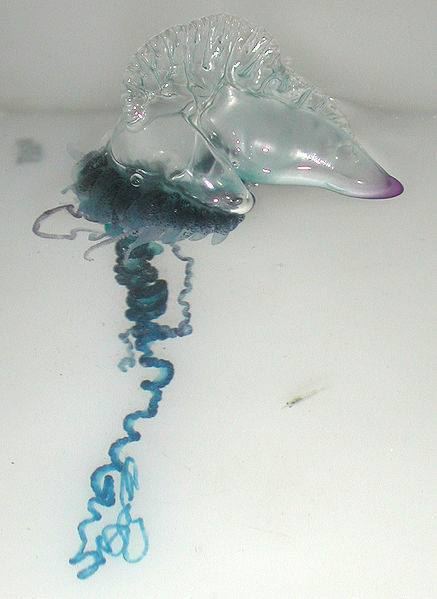 | ||
Dioecy (Greek: διοικία "two households"; adjective form: dioecious) is a characteristic of a species, meaning that it has distinct male and female individual organisms or colonies, meaning that a colony contains only either male or female individuals. Dioecious reproduction is biparental reproduction. Dioecy is one method that excludes self-fertilization and promotes allogamy (outcrossing), and thus tends to reduce the expression of recessive deleterious mutations present in a population. Flowering plants have several other methods of excluding self-fertilization, called Self-incompatibility.
Contents
In zoology
In zoology, dioecious species may be opposed to hermaphroditic species, meaning that an individual is of only one sex, in which case the synonym gonochory is more often used. Dioecy may also describe colonies, such as the colonies of Siphonophorae (Portuguese man-of-war), which may be either dioecious within a species or monoecious. Dioecious colonies contain members of only one sex, whereas monoecious colonies contain members of both sexes.
Most animal species are dioecious (gonochoric).
In botany
Dioecious species have the male and female reproductive structures on separate plants. The meaning of male and female in the context of plants is different from that used in animal groups and the usage is not strictly correct. This issue is discussed below in the Alternation of generations section. About 6 percent of angiosperm species are entirely dioecious and about 7% of angiosperm genera contain some dioecious species. Examples of dioecious plant species include ginkgos, willows, cannabis and African teak. More examples of dioecious plants can be found in the Wikipedia category, Dioecious plants.
Dioecy occurs in a wide variety of plant families. However it is more common in woody plants and heterotrophic species.
Alternatives to dioecy
There are several alternatives to dioecy for sexual reproductive structure organization in plants including bisexual flowers, monoecy, gynomonoecy, andromonecy. These are described at Plant reproductive morphology.
Alternation of generations
Land plants have alternation of generations, for which the sporophyte generation produces spores rather than gametes. Strictly speaking, the sporophytes of land plants do not have either male or female reproductive organs. The gametophytes of flowering plants are of a single sex; the male gametophytes are contained within the pollen, and the female gametophytes are contained within ovules. The sporophyte generation is called dioecious when each sporophyte has only one kind of spore-producing organ whose spores ultimately give rise to either all male gametes (sperm) or all female gametes (eggs). Slightly different terms, "dioicous" and "monoicous", may be used for the gametophyte generation, although "dioecious" and "monoecious" are also used.
In mycology
Monoecy and dioecy in fungi refer to the donor and recipient roles in mating, where a nucleus is transferred from one haploid hypha to another, and the two nuclei then present in the same cell merge by karyogamy to form a zygote. The definition avoids reference to male and female reproductive structures, which are rare in fungi. An individual of a dioecious fungal species not only requires a partner for mating, but performs only one of the roles in nuclear transfer, as either the donor or the recipient. A monoecious fungal species can perform both roles, but may not be self-compatible.
Adaptive benefit
A study was carried out to determine whether dioecy accelerates or slows lineage diversification in angiosperms It was found that dioecious lineages exhibit higher diversification in certain genera, but lower diversification in others. The analysis suggested that dioecy neither consistently places a strong brake on diversification, nor is a strong driver.
